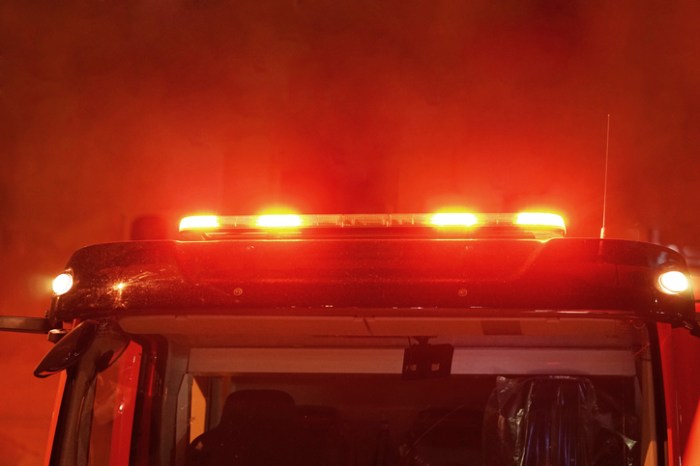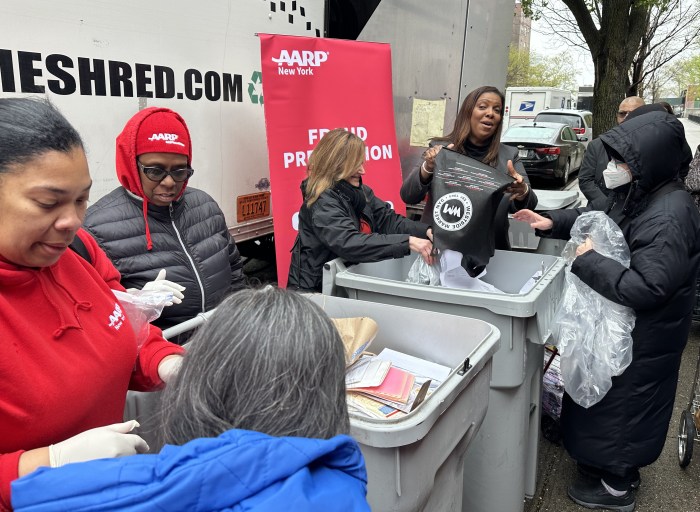Dozens of New Yorkers gathered in an East Harlem auditorium Monday to demand that the city better monitor lead paint hazards, with some expressing outrage that no officials appear to have been penalized for dangerous oversights.
City Comptroller Scott Stringer’s office listened to testimony from community leaders and experts at the first of several planned hearings on how the city responds when tests reveal that children have elevated blood lead levels.
“When you are putting children’s lives in harm’s way — the way New York City Housing Authority has done — people need to go to jail,” said Carmen Quinones, the tenant association president at NYCHA’s Frederick Douglass Houses, drawing applause from the crowd at the Frederick Samuels Community Center.
The comptroller said his team is still examining city protocols, and hopes to use the hearings to “put pressure” on City Hall to act more judiciously when a child is found to have blood lead levels of at least 5 micrograms per deciliter — the level at which the federal government requires intervention.
Stringer announced he would investigate the matter in July, when the New York Daily News reported that 820 children living in public housing between 2012 and 2016 had concerning amounts of lead in their blood.
He launched the probe a few weeks after federal prosecutors accused NYCHA of endangering thousands of residents and misleading the federal government and the public about the severity of lead paint and other hazards in its portfolio. The city and NYCHA have hammered out a proposed settlement, in which the housing authority agrees to remediate the issues under the supervision of a monitor.
Other attendees shared Quinones’ concerns about the lack of accountability related to lead poisoning. An attorney serving as counsel to the New York City Coalition to End Lead Poisoning testified that a local law, which has been in place since 2004, puts the onus on private landlords to remediate lead in their dwellings. The lawyer, Matthew Chachère, said the city government has never penalized any private landlord for failing to conduct annual inspections of lead paint hazards in their buildings.
“Unfortunately, all data thus far indicates that at no time has New York City taken any enforcement action against a single landlord in the past 14 years since the law went into effect,” Chachère noted in written testimony. “Obviously, without enforcement, negligent landlords will continue to violate this essential primary prevention obligation with complete impunity, resulting in the continued exposure of vulnerable children to lead-based paint hazards.”
Some in attendance expressed concern that tenants may not be able to advocate for themselves because they fear landlords will retaliate — or they may lose subsidies during the process.
Stringer said he believes there is not sufficient communication among city agencies when it comes to supervising the remediation of lead paint, mold and other hazards in private and public housing.
“I think there are silos in all these agencies, and I don’t think they ever talk to each other,” said Stringer.
Stringer’s office would not immediately say whether it plans to call for penalties for city officials who failed to properly address dangers posed by lead paint in NYCHA buildings.
NYCHA did not immediately return a request for comment.
Correction: A previous version of this article should have noted Matthew Chachère’s comments are strictly related to private housing.

















